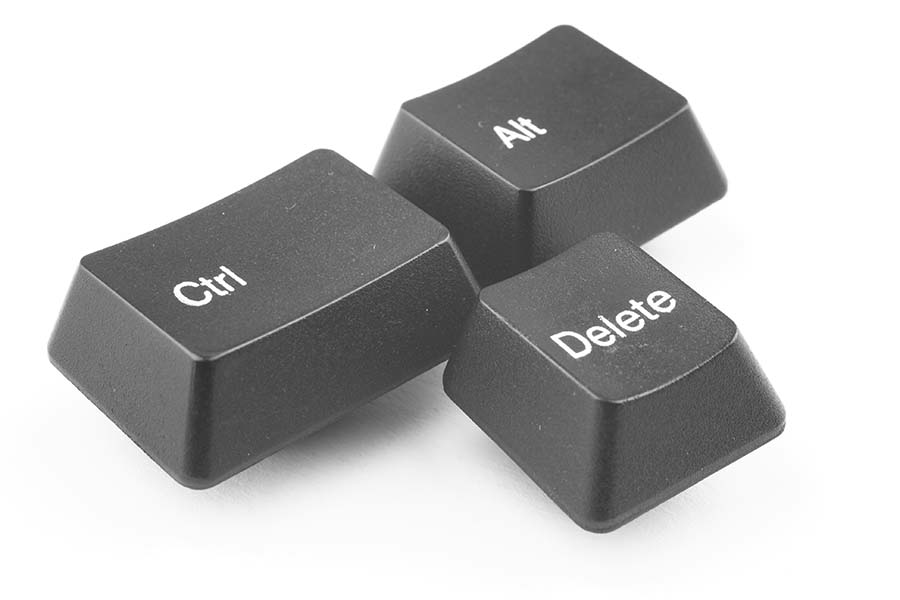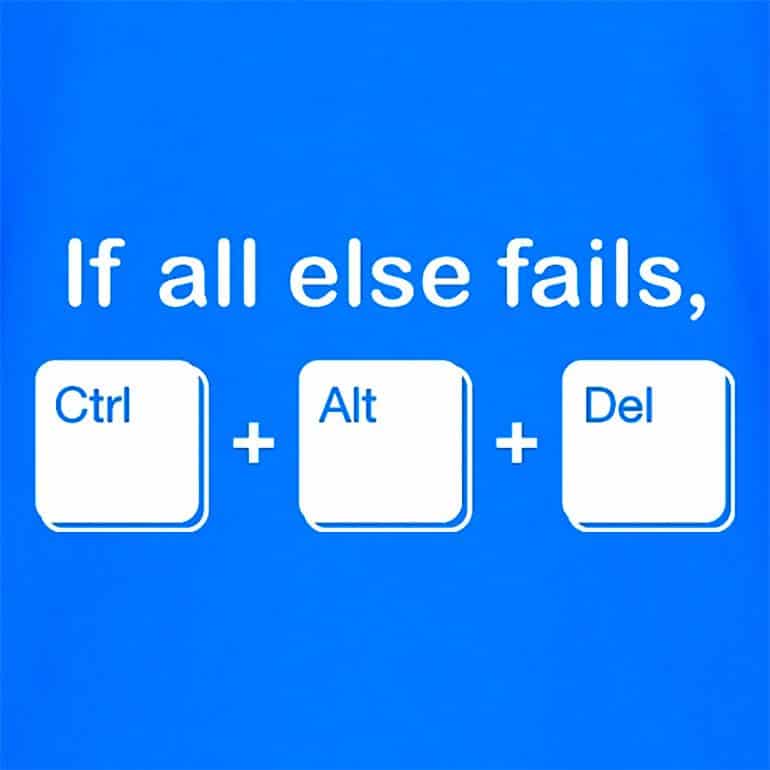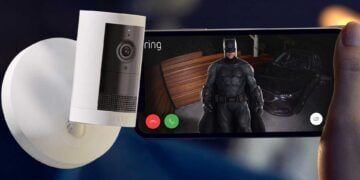It may seem trivial these days, almost reflex in some cases, but there was a time at the dawn of the PC age when the three-key combination, Control-Alt-Delete, didn’t exist.
Despite becoming part of our second nature to hit these keys whenever something in Windows fails, thinking about it logically seems to point to the fact that it was a bad idea. It didn’t start out that way. In fact, it was used even before Microsoft incorporated it into their OS.
David Bradley, the man behind the design of the original IBM computer, added the Control-Alt-Delete command. It was originally intended to reboot the computer, most often used when a crash occurred. At the time, IBM controlled most of the computer market, which shipped with MS-DOS, Microsoft’s command-line OS.
Microsoft’s Control-Alt-Delete sequence was initially intended as a security feature to block malware that would have attempted to intercept the username and password to gain access to users’ computers. While Gates admits that “it was a mistake”, he goes on to state that his original preference was also to have a single-button login key for Windows.

At some point, Microsoft approached IBM to create a single Windows button that would have performed the same function, but the IBM designer denied their request as they did not want to give Microsoft their own single button at the time. Years later, Bradley stated that he didn’t know why Microsoft decided to make the three-key sequence their login command, although it was he who rejected their proposal.
The Control-Alt-Delete sequence was intended to assist developers during troubleshooting, while Bradley’s original trigger, Ctrl+Alt+Esc, was deemed too easy to carry out. Microsoft later split the function to include the ‘Del’ key, which first appeared on Windows 3.1. Thus, the sequence was purposefully designed to be tricky to perform, although it would also later become the trigger to open the Task Manager.
While IBM continued to refuse the ‘Windows key’, other manufacturers that started popping up made the switch to include the key. Sadly, the key’s primary function is to open the Start Menu, or Live Tiles (Windows 8), a watered-down approach to Ctrl+Alt+Del, which in a later version of Windows is used to display a separate Windows menu and not just the Task Manager.
In 2003, when Microsoft released its first tablet with HP, the HP Compaq TC1000 (some 7 years before the first iPad), it included a dedicated Ctrl+Alt+Del, which was essential to using keyboard-less devices running Windows (for which developers had hard coded the command).
The TC1000 added the dedicated button between the programmable buttons on the side, which was designed to be used with the included Stylus. Without this key at the time, users would have been unable to log into the OS.
Thankfully, common sense prevailed, eventually, and Microsoft switched to a dual login sequence for secure logins; users either sticking with the old Control-Alt-Delete or the new combination of the Windows key and power button. In fact, secure login is disabled by default on the new Windows tablets and has to be activated by the administrator.
RELATED: Is Gemini Robotics the Future or Just Skynet’s Trial Run?
And that’s how Control-Alt-Delete was born.








